We are racing through Baghdad traffic late at night, dodging other cars by the skin of our teeth. We’re on our way to a masgouf restaurant with hungry bellies and my cousin, who is driving, decides to show us today’s Iraqi music.
“This is what we listen to here,” she tells me, her 16-year-old-daughter in the passenger seat holding the aux cord, searching for the track on Spotify.
The radio’s speakers suddenly start booming and “Qalbi” by Yasser Abd Alwahab and Zaid Al Habeb starts playing. I film the scene, laughing at the brash lyrics and intense dumbak drum beats, and send it to my parents in London. They reply saying they’ve never heard this song, and they lament at how much Iraqi music has changed; how “horrible” Iraqi music is today.
Of course, generational divides are a natural part of the musical experience and exist across territories, but there’s something more complex to factor into Iraqi listening habits when we consider the huge diaspora and exile population, the young population of Iraq today, and the fact that youth and older generations—especially those in diaspora—are discovering and accessing music in wildly different ways.
The canon of pre-2003 Iraqi music—names like Nazem Al Ghazali, Ilham Al Madfai, Seta Hagopian, Kadhim Al Sahir and Munir Bashir—evokes for many diaspora Iraqis a romanticised Iraq, one lost to war, sanctions, and displacement. This was the golden era, steeped in orchestral arrangements, maqam traditions, and cosmopolitan lyrics.
But for those who came of age in Iraq during or after the 2003 U.S. invasion, the soundscape looks different.
Artists like Rahma Riad, Hussam Al Rassam, and Ali Jassim rose to prominence, often producing fast-paced, emotionally charged, and raw tracks, many of them categorised under shaabi (baladi) music.
For many young Iraqis, this music reflects not just entertainment, but a lived reality: themes of longing, separation, joy, and survival.
There’s also something to say about the rise and intensity of Shia culture and the sounds that are now reflective of that majority culture, which was not heavily the influence of pre-invasion Iraq, which relied more on a pan-Arab, traditional sonic blueprint.
The dumbak and heavy thumping drums as well as fast electronic beats are associated with Shia mourning rituals, played throughout places like Iraq, Iran and across South Asia.
Ghada Al-Madfai, the niece of Ilham Al Madfai, who lives in London and is in her 60s, believes that the nature of Iraqi music changed during the Iraq-Iran war.
“The tempo changed and it became shorter and more energetic. Our music used to be mainly about lamenting.”
Ghada says that shaabi music was integrated as the battle cry of the Iraq-Iran war which saw the popularity of local community songs of the south of Iraq like the Bazzich skyrocket.
@naw_sir Someone plz invite me to an Iraqi wedding #iraq #iraqi #nawsir ♬ original sound – Nasser Al-Rayess
Though she says she didn’t listen to much Iraqi music in Iraq, once she immigrated to the UK, she began listening to Iraqi music—a tether to the past, perhaps, and a nostalgic attempt at belonging to the diaspora.
Like North Africa’s Rai music, shaabi carries baggage. It’s often dismissed by middle- and upper-class listeners—particularly those in the diaspora—as “vulgar” or “low-brow,” which says a lot about notions of class and respectability in Iraqi society.
In immigrant communities, cultural capital is tied to preservation. For many, holding onto classical Iraqi music is an attempt to reconstruct a stable identity rooted in a more “dignified” past.
Sayyid Aki, 28, an actor and writer in London, articulates this well: “I initially wanted to use music to improve my Arabic,” he says, referencing icons like Nazem Al Ghazali and Saadoun Jaber.
“Diaspora affects the music I listen to. I have more references with my family, who are all older, and these older songs were a bridge.”
But when he visits Iraq, he notices that peers his age gravitate towards shaabi.
“It’s entrancing. It’s hard not to dance to it,” he admits. Still, his emotional affinity remains with older music. He describes listening to old tracks on YouTube as “time travel”, a useful portal for those Iraqis who were never able to experience their homeland in its “heyday”.
In contrast, Iraq-based interviewees present a different narrative. Farah Haider, a 16-year-old student from Baghdad, insists that while music has changed, its unifying force remains.
“One thing that brings all Iraqis together is music,” she says confidently.
At weddings, “all types of music is played and those of all ages know the lyrics word for word.”
Farah’s playlist includes a wide temporal range: Khadhim Al Sahir, Hussam Al Rassam, and Ilham Al Madfai sit side-by-side. For her, the nostalgia of older songs doesn’t necessarily alienate her from newer ones. She appreciates both for their lyricism and emotional resonance.
Still, she notes a thematic shift in post-2003 music: “A lot of Iraqi hits are about missing relatives who have immigrated,” she says, an ironic twist considering those same diaspora listeners often reject the very genre that gave voice to that longing.
Farah’s father, Haider Ali, 50 and also living in Baghdad, says he rarely listens to Iraqi music. When he does, his motto is “old is gold”: Saadjoun Jaber and Nadhem Ghazali, for example.
He doesn’t know many current pop artists but he admits that when Farah and her brother Zaid play new, shaabi songs in the car, “I wiggle” he says, and can’t help but bop along. Although he finds it “silly, not because of arrogance but because I don’t identify with it. Very rarely do I like shaabi music, the voice isn’t nice, this is the generational divide,” he tells me.
While the diaspora’s attachment to old music is often familial or nostalgic, many younger Iraqis abroad are being introduced or reintroduced to Iraqi music through algorithm-driven platforms like TikTok, Spotify, and YouTube.
@maha_heid Eywaaaaaaa #iraqisong ♬ Sajda_obaed_abo_thareb – Sajda_Obaed
Shaabi songs, once dismissed in some circles as working-class wedding music, have become the backbone of viral TikTok trends. Tracks like “Shakumaku” by DYSTINCT or popular clips featuring Ali Saber or Haitham Yousif and, most famously, Sajda Obeid are remixed, choreographed, and looped thousands of times. These tracks travel across borders, often introduced through short, hypnotic dances or emotional video montages.
“There is definitely a gap between generations,” says Fatima Raghib, 19, from Baghdad. “Social media and changing trends play a big role in this divide. Older generations prefer classic Iraqi music with deep lyrics and traditional sounds, while younger people go for modern, upbeat styles.”
For many in the diaspora, TikTok serves as a cultural DJ. A song might be discovered first as a meme or a wedding dance video before the listener realises it’s Iraqi. The repetition and virality remove the gatekeeping associated with “respectable” taste, allowing young listeners to embrace shaabi music without necessarily knowing its classed baggage. YouTube and Spotify reinforce this through autoplay and curated playlists, often driven by TikTok’s trends.
The result is a strange inversion: younger diaspora listeners, even those raised outside Arabic-speaking environments, are finding themselves suddenly hooked on shaabi, not through family tradition, but via global algorithmic circulation. The aesthetics—looped beats, cathartic lyrics, high-energy drops and fast drum beats—translate well across cultures, especially in a digital attention economy where feeling is often more important than context.
For many older diaspora Iraqis, the music of the past has become a safe cultural anchor, a curated image of Iraq as it once was, or as it should have been. Their tastes are preserved like a time capsule, shaped by the music their parents played during displacement, by longing, and by distance. In contrast, music in Iraq evolves more organically, absorbing regional trends, responding to local events, and pulsing with the rhythms of daily life.
This helps explain the paradox. It’s not just age that divides taste, it’s the conditions under which one’s Iraqi identity was formed.
Yasmin Al Rabaei, for example, 28, grew up in Syria and lives in London; she listens to shaabi music like Mahmoud al Jabouri. “I love shaabi music. I don’t think it will replace classical Arabic music, but Iraqi shaabi music gets a lot of engagement and that makes me happy and proud. When I was in Iraq,” she continues, “I listened to Sajda Obeid a lot, and she creates music that younger Iraqis can experience a release to.”
Ultimately, music becomes a mirror, not just of generational difference but of vastly different lived experiences.
For Iraqis in the diaspora, especially those from middle-class backgrounds, older Iraqi music offers a sense of rootedness and pride, while newer shaabi songs may feel jarring and the lyrics off-putting.
For many inside Iraq, especially younger listeners, these songs are the soundtrack of joy and pain, of weddings and farewells, of a country that continues to rebuild itself note by note.
Now, with TikTok and Spotify reshaping what it means to “discover” Iraqi music, the lines are beginning to blur. Nostalgia and novelty, tradition and trend, all circulate together.
There is no single Iraqi sound. But in that very discord, perhaps, lies its most authentic harmony.

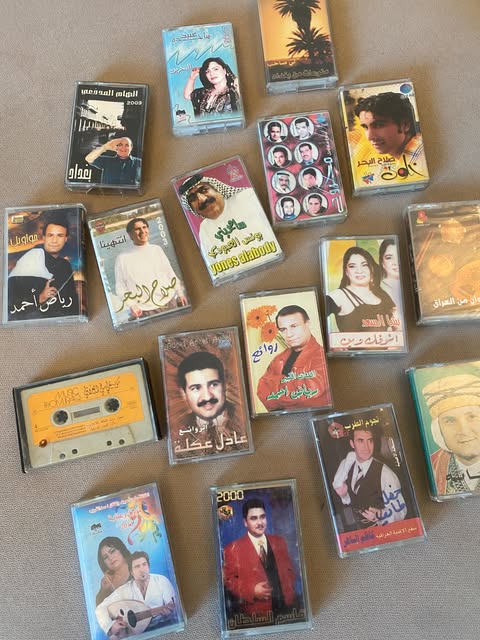
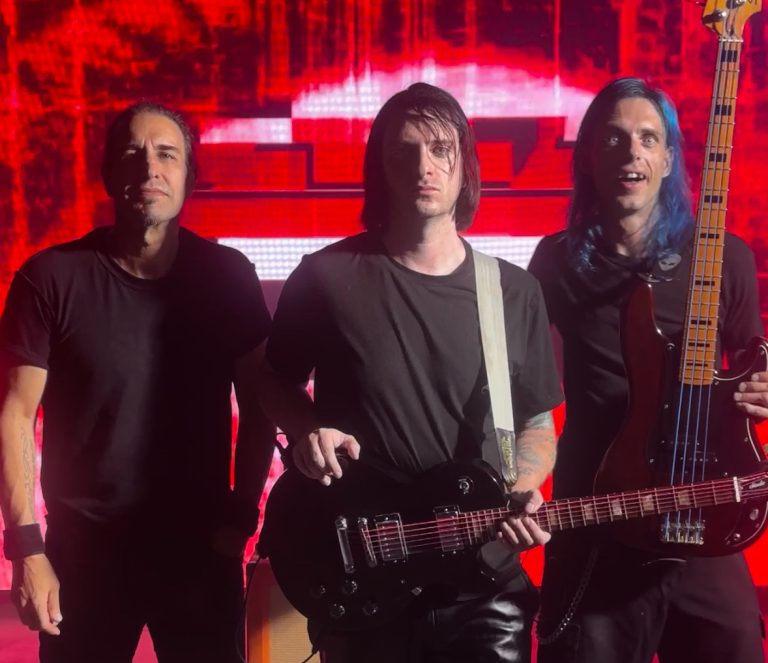
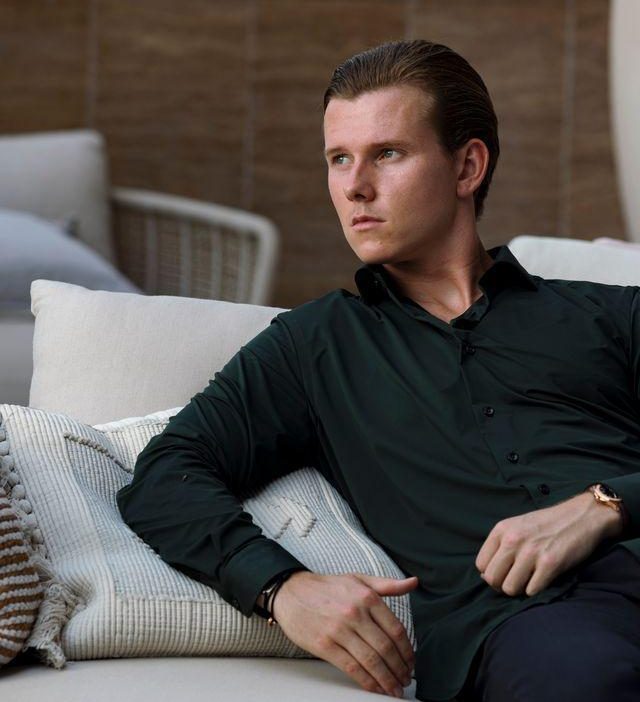

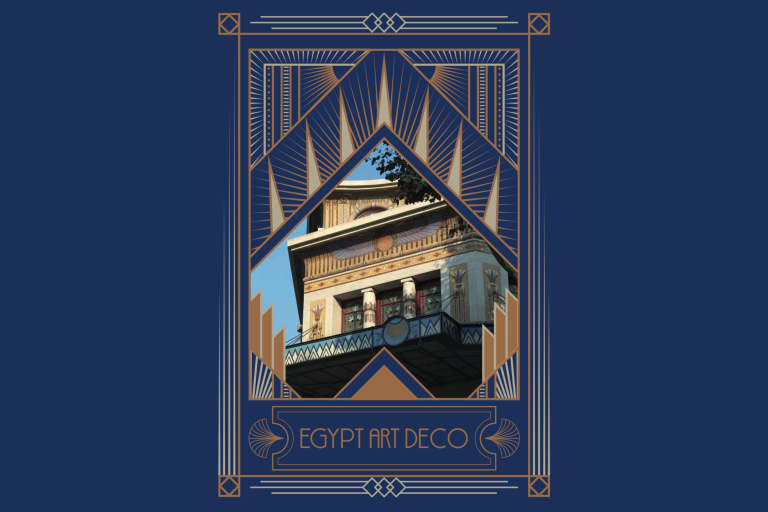
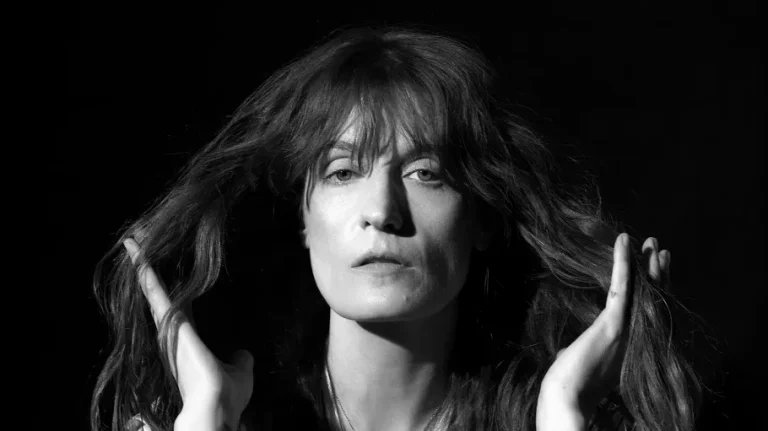
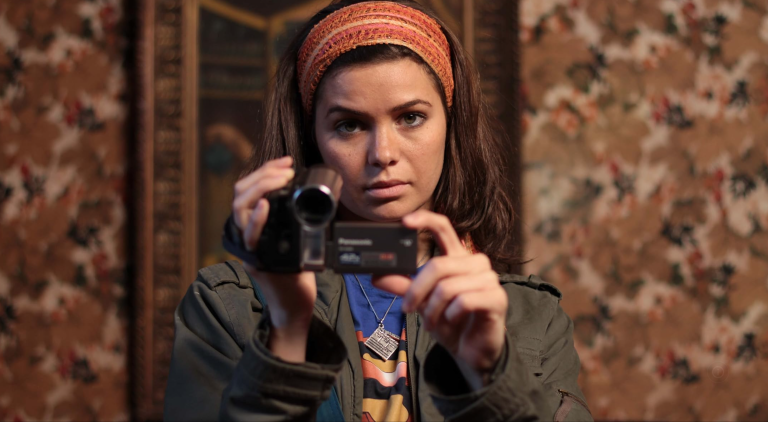

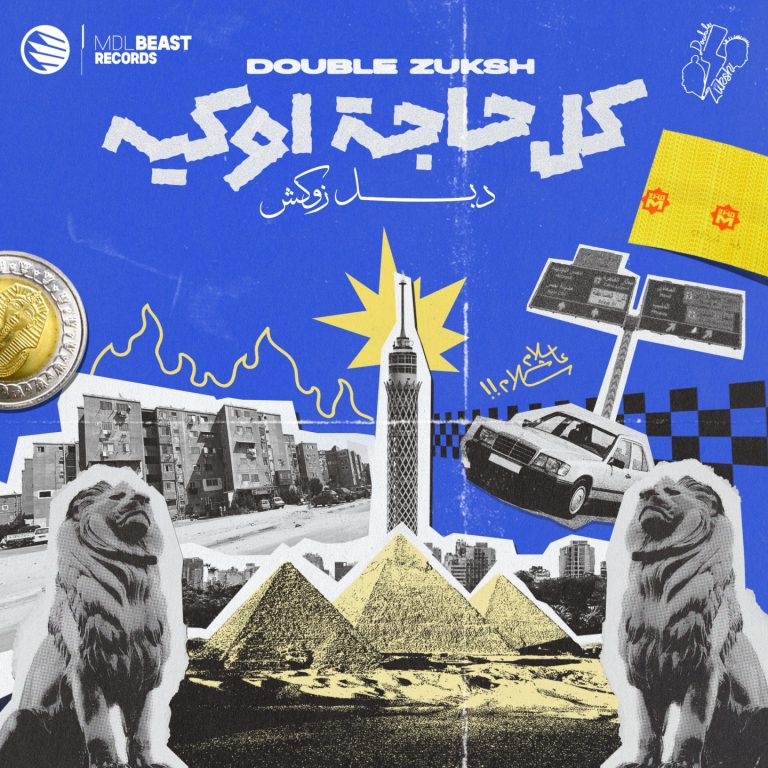
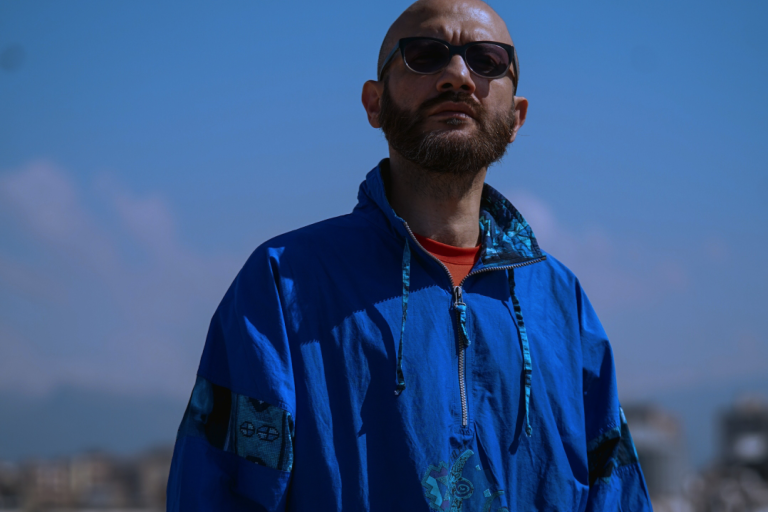
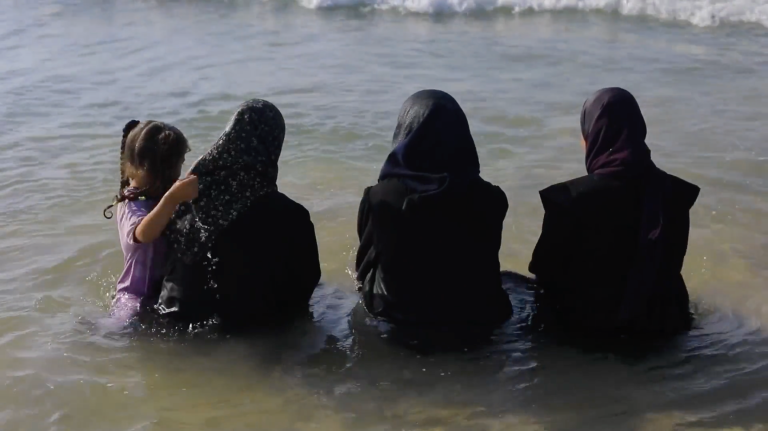
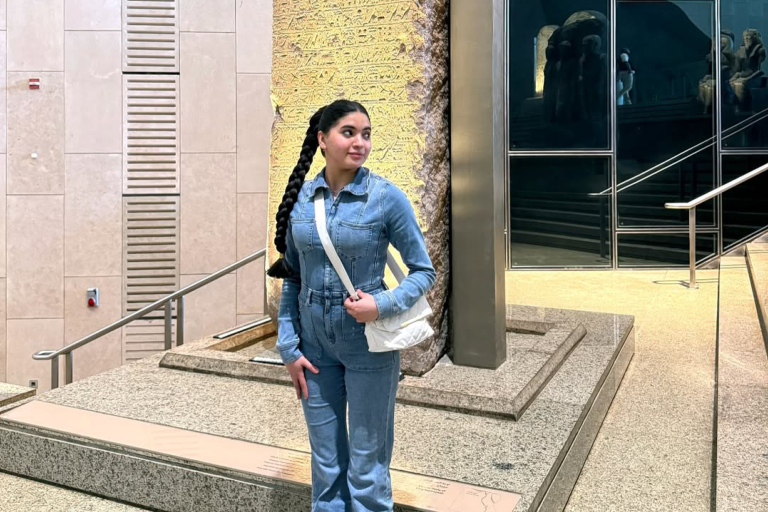

Trump’s Gaza Plan Mustn’t Follow His Record on Women’s Rights
Trump’s 20-points Gaza peace plan shouldn’t repeat his domestic failures on women’s health, education, and rights.